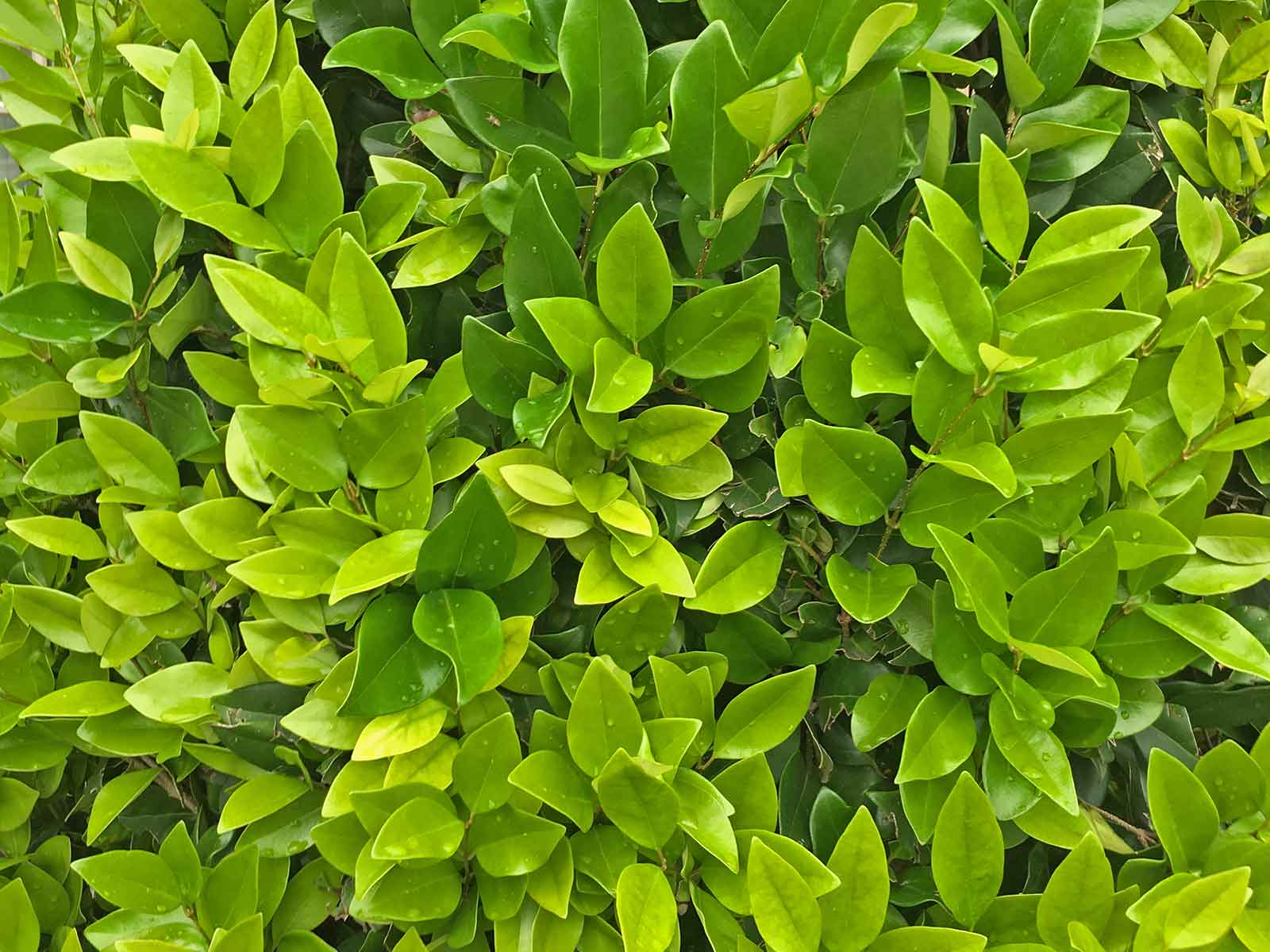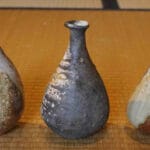Ligustrum waxleaf, commonly known as waxleaf privet, is a versatile evergreen shrub prized for its glossy foliage and adaptability. This comprehensive guide provides everything you need to know about planting, caring for, and choosing the right waxleaf privet variety for your landscape.
Planting Waxleaf Privet: Location is Key
Choosing the right location is crucial for waxleaf privet success. These shrubs thrive in sunny locations, ideally receiving at least six hours of direct sunlight daily. While they may tolerate some shade, ample sunlight promotes more vigorous growth and abundant flowering. Well-drained soil is also essential. Amend heavy clay soils with compost or other organic matter to improve drainage and prevent root rot.
Early spring and fall are the ideal planting times, providing optimal conditions for root establishment before the onset of extreme weather. When planting, dig a hole twice as wide as the root ball but no deeper. Ensure the top of the root ball is level with the surrounding soil. Water thoroughly after planting and apply a layer of mulch to retain moisture and suppress weeds.
Essential Waxleaf Privet Care
Once established, waxleaf privet is relatively low-maintenance. Regular watering is important, especially during hot, dry periods. However, avoid overwatering, which can lead to root problems. Allow the top inch or two of soil to dry out between waterings.
Fertilize your privet in spring or early summer using a balanced fertilizer. Avoid over-fertilizing, as this can encourage excessive leafy growth at the expense of flowers.
Pruning is essential for maintaining the shape and size of your waxleaf privet. Prune in late winter or early spring before new growth emerges to remove dead, damaged, or diseased branches. Waxleaf privet responds well to pruning and can be shaped into hedges, topiary forms, or allowed to grow more naturally.
Choosing the Right Variety
Several waxleaf privet varieties are available, each with unique characteristics. Some popular options include:
- Ligustrum japonicum ‘Texanum’: A compact variety with glossy evergreen leaves and white flowers.
- Ligustrum japonicum ‘Rotundifolium’: Characterized by slow growth, rounded leaves, and a dense habit.
- Ligustrum ovalifolium: A fast-growing variety with large oval leaves and fragrant white flowers.
- Ligustrum quihoui: A deciduous variety with smaller leaves and distinctive white bark.
Consider factors such as mature size, growth rate, and flowering characteristics when selecting a variety for your garden.
Waxleaf Privet: Ongoing Research
Ongoing research continually refines our understanding of plant care and cultivar development. While this guide provides current best practices, future studies may suggest refinements. Areas of active research include disease resistance, drought tolerance, and the effects of climate change on privet growth.
Optimizing Wax Leaf Ligustrum Care
Watering: Finding the Right Balance
Wax Leaf Ligustrum, while fairly drought-tolerant once established, benefits from regular watering, particularly during hot and dry periods. Overwatering can be detrimental, potentially leading to root rot and leaf drop. Strive for a balance by allowing the top inch or two of soil to dry out between waterings. This encourages deeper root growth and enhances the plant’s resilience. The frequency of watering will vary based on climate, rainfall, and the plant’s location within your landscape.
Fertilizing: Less is More
Wax Leaf Ligustrum typically requires minimal fertilization. A balanced, slow-release fertilizer applied twice a year, in spring and summer, usually provides sufficient nutrients. Over-fertilizing can lead to excessive vegetative growth, making the plant more susceptible to pests and diseases.
Pruning: Shaping and Maintaining Health
Regular pruning is key to maintaining the desired shape and promoting the health of your Wax Leaf Ligustrum. Pruning removes dead, damaged, or diseased branches, encouraging new growth and preventing the shrub from becoming leggy. This also creates an opportunity to shape the plant for specific purposes, such as creating a hedge or topiary form.
Propagation: Expanding Your Ligustrum Collection
Wax Leaf Ligustrum can be propagated through stem cuttings or seeds. Stem cuttings taken from new growth in spring or summer offer a relatively straightforward method. Seeds can also be used, but this method typically takes longer and may not produce plants identical to the parent.
Pest & Disease Control: Proactive Monitoring
While Wax Leaf Ligustrum is generally disease-resistant, it’s not entirely immune to pests and diseases. Regular monitoring is crucial for early detection. Common pests include aphids, scale, and mealybugs. Treatment options include insecticidal soap or horticultural oil. Prompt treatment is vital to prevent infestations from spreading and causing significant damage.
Lifespan and Environmental Factors
With proper care, Wax Leaf Ligustrum can live for several decades. Maintaining a humidity level between 40-60% is ideal, although the plant can tolerate a wider range (30-70%). This shrub thrives in warm, moist conditions. Consider these environmental factors when selecting a location in your garden.
Microclimate Considerations: Maximizing Growth Potential
Microclimates, localized areas with distinct environmental conditions, can significantly impact plant growth. A sheltered location near a south-facing wall, for instance, can create a warmer microclimate, offering protection from harsh winter winds and frost. Consider these microclimates when planting Wax Leaf Ligustrum, especially in colder zones near its hardiness limit.
Cold Hardiness: Zone Considerations and Winter Care
Wax Leaf Ligustrum is generally hardy in USDA zones 7-10. In zone 7, it is considered “limitedly hardy” and may require winter protection, especially during periods of prolonged freezing temperatures. Colder zones (6 and below) are generally unsuitable for long-term survival without extensive protection. In colder zones, consider microclimates that offer a buffer against extreme temperatures.
Winter protection methods include applying a thick layer of mulch around the base of the plant to insulate the roots. Covering the shrub with burlap or a frost blanket during severe cold snaps provides additional protection. Ensure the plant receives adequate watering before the ground freezes to help it withstand winter stress.
Advanced Techniques: Espalier and Hedging
For more experienced gardeners, advanced techniques like espalier (training the plant to grow flat against a wall or trellis) and creating formal hedges are possible with Wax Leaf Ligustrum. These techniques require specific pruning and training methods, offering unique landscaping opportunities.
Comparing Wax Leaf Ligustrum to Other Privacy Shrubs
Wax Leaf Ligustrum offers numerous advantages as a privacy screen, including its dense growth habit and adaptability. However, other options exist, such as arborvitae and cherry laurel. Comparing these shrubs based on factors like growth rate, mature size, maintenance requirements, and aesthetic preferences helps gardeners choose the best fit for their needs. In some regions, Ligustrum’s potential for invasiveness should be considered. North Texas Vegetable Gardening and Cooking, for example, offers a “crucial warning,” highlighting potential invasiveness and encouraging careful consideration of its placement.
Don’t forget to explore the enigmatic mystic statue and the tranquil getaway of Little Lindens.
- Unveiling the Enigma: Mansoureh Khojasteh Bagherzadeh’s Public Appearances & Private Life in Iran - July 18, 2025
- Unveiling the Mystery: Mansoureh Khojasteh Bagherzadeh’s Husband: A Rare Glimpse into a Private Life - July 18, 2025
- Unveiling Masoud Khamenei’s Mother: Power, Influence, and Iran’s Future - July 18, 2025
















